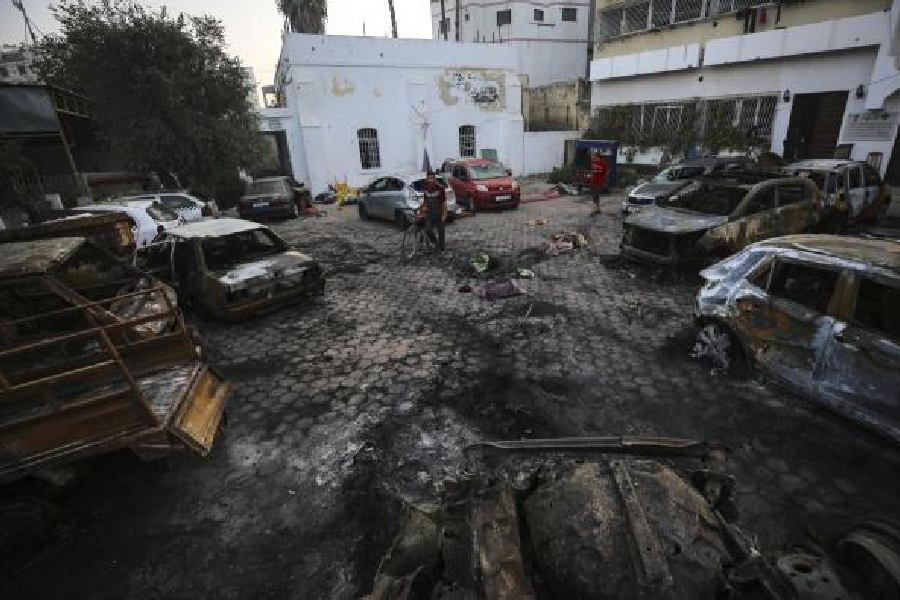The World Food Programme said on Tuesday that very little food assistance has made it beyond southern Gaza since the start of the conflict and that the risk of pockets of famine in the Palestinian enclave remained.
Israel’s offensive launched in the wake of a deadly rampage by Hamas militants in southern Israel on October 7 has displaced most of Gaza’s 2.3 million population and caused acute shortages of food, water and medical supplies.
At least 25,295 people in Gaza have been killed, according to Palestinian authorities, with thousands more feared buried under the rubble of a coastal strip largely laid to waste.
“It’s difficult to get into the places where we need to get to in Gaza, especially in northern Gaza,” said Abeer Etefa, WFP spokesperson for West Asia. “Very little assistance has made it beyond the southern part of the Gaza Strip... I think the risk of having pockets of famine in Gaza is very much still there.”
Etefa noted that there was a “systematic limitation on getting into the north of Gaza, not just for the WFP”.
“This is why we’re seeing people becoming more desperate and being impatient to wait for food distributions because it’s very sporadic,” she said.
“They don’t get it frequently, and they have no trust or confidence that these convoys will come again.”
The UN humanitarian office this month said Israeli authorities were systematically denying it access to northern Gaza to deliver aid and this had significantly hindered the humanitarian operation there. Israel has previously denied blocking the entry of aid.
Since the start of hostilities, aid deliveries to northern Gaza have been limited, and the area was cut off altogether from external aid for weeks.










